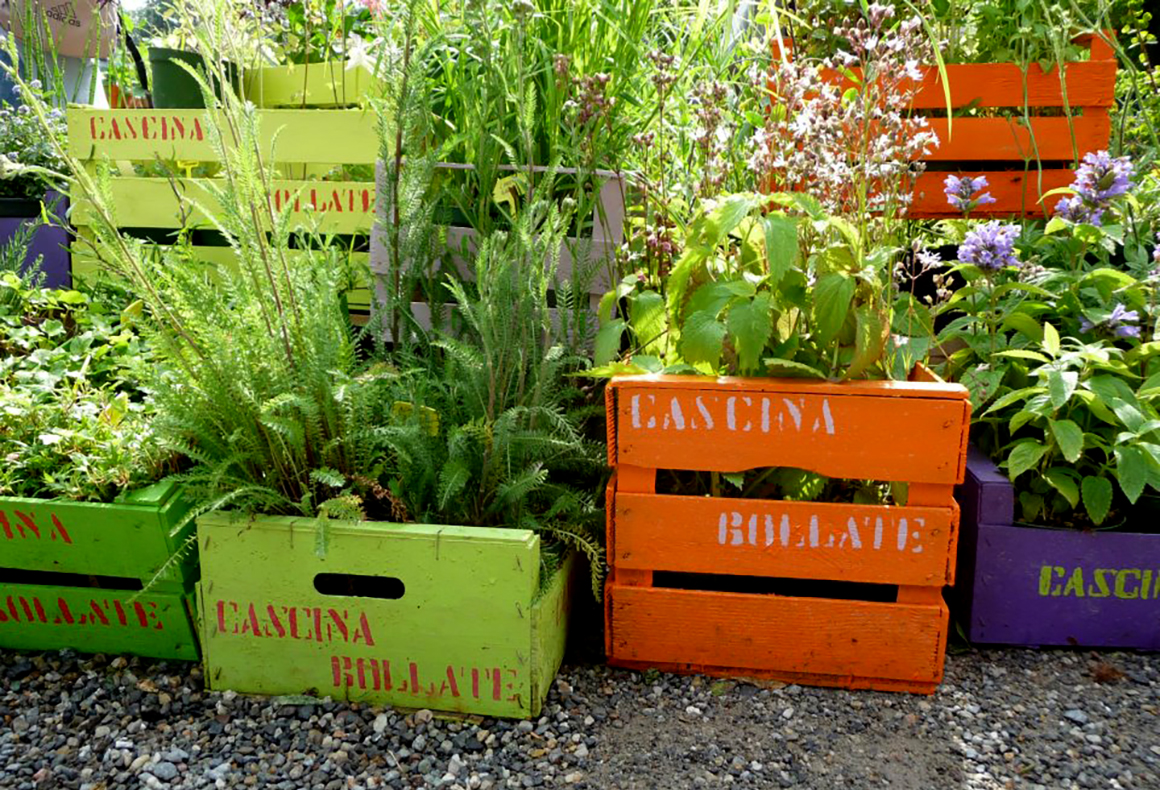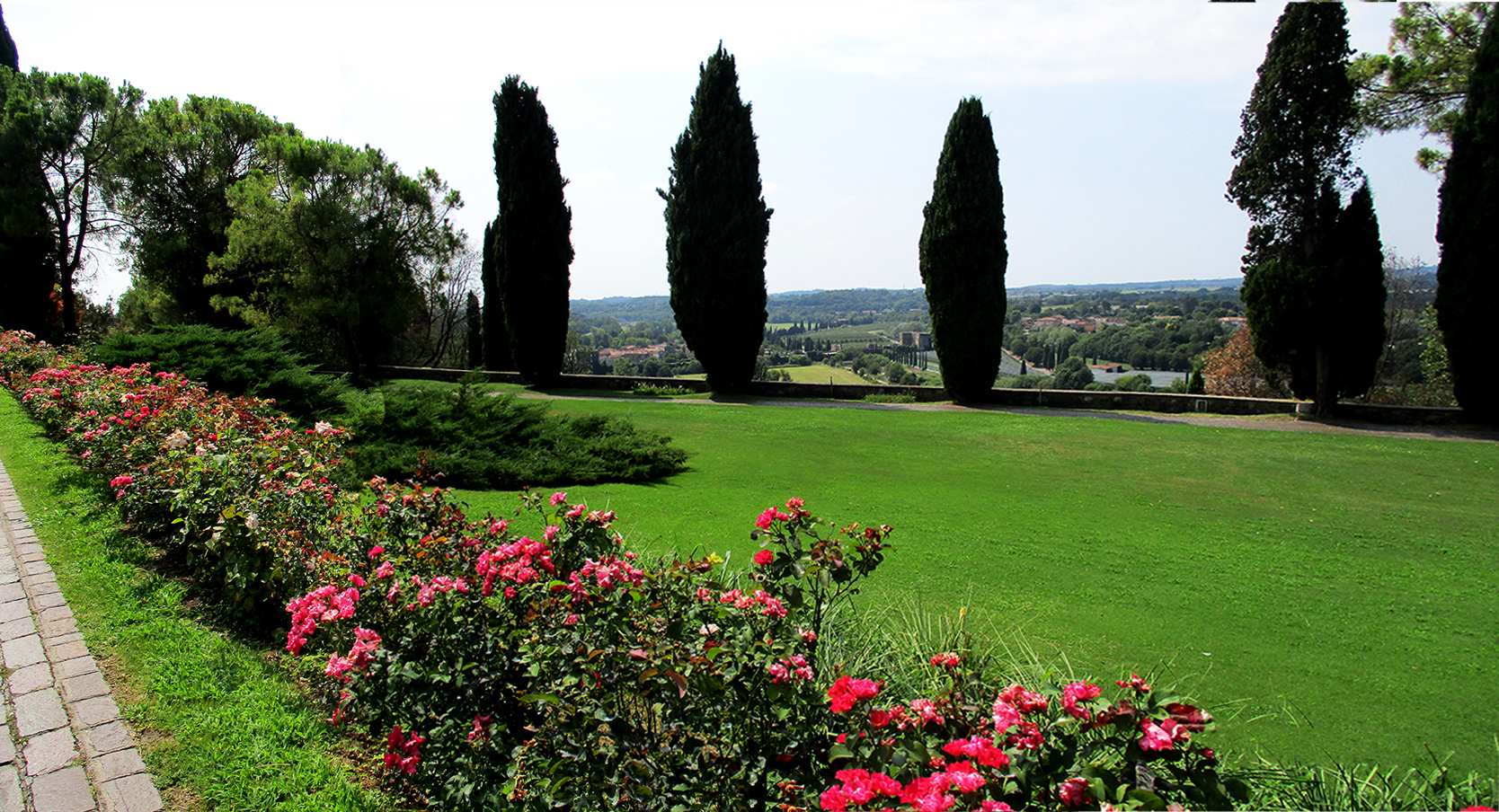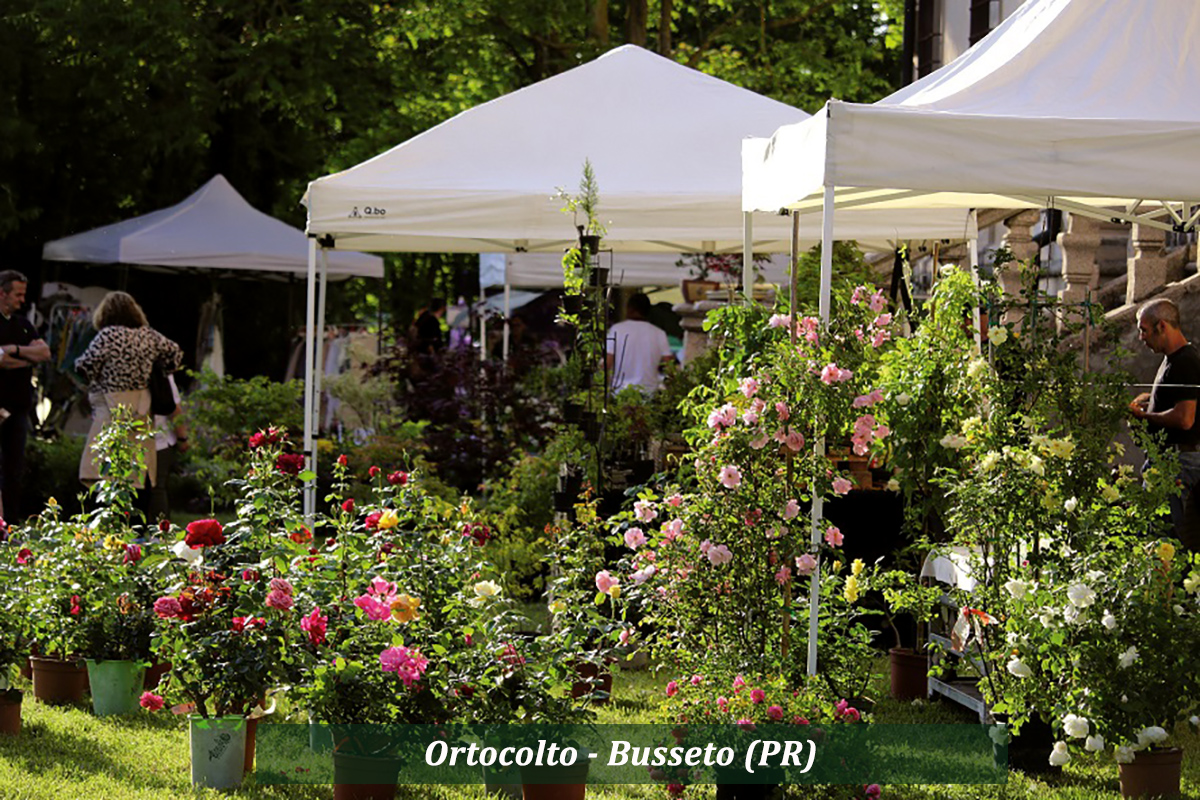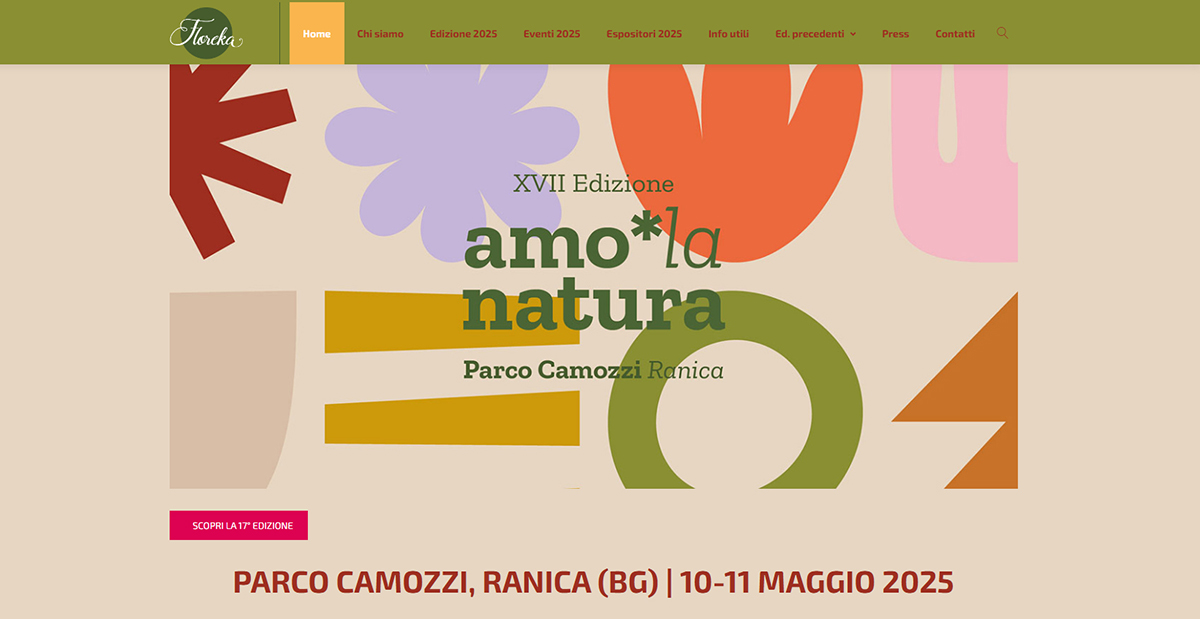Glycyrrhiza glabra, known as licorice, is a perennial plant of the Fabaceae family native to the Mediterranean. It grows in sunny areas and on rich soils. Its sweet and aromatic root has emollient, anti-inflammatory and digestive properties. It is grown by rhizome or seed, with harvest from the third year. Used in cooking and natural medicine, it should be taken in moderation in cases of hypertension or pregnancy.
IDENTIFICATION of Glycyrrhiza glabra L.
Scientific name:
Glycyrrhiza glabra L.
Italian common name:
Liquirizia
Family:
Fabacee
Origin:
Endemic to the Mediterranean basin and the Middle East.
Enviorment:
uncultivated along the roadside up to 1000 meters above sea level
Evergreen or deciduous:
deciduous
Toxicity:
none
PLANT RECOGNITION of Glycyrrhiza glabra L.
Height:
up to a 1m.
Width (extension):
up to a 1m.
Habit:
Shrubby. Suffrutix equipped with a large rhizome (underground) with juicy yellowish pulp from which flexible aerial stems with branches branch off.
Leaf:
Alternate pointed imparipinnate, with ovate-lanceolate leaflets, entire margin. They are sticky to the touch because there are small hairs soaked in essential oil on the underside. Rubbing them releases the typical and powerful aroma.
Flower:
Spike inflorescences that develop in the axils of the leaves. Short racemes with flowers that have a purple-tinged blue-purple or white corolla.
Flowering:
from June to July
Fruit:
legumes of elliptical shape and brown color
Perfume:
you feel if you rub the leaves.
NEED
Maintenance:
medium low
Fertilization:
it feeds on phosphate fertilizers and floured manure. The magnesium intake is also important.
Light Exposure:
full sun
Soil type:
rich, calcareous and clayey
Soil acidity:
Ph 6
Italian climatic area:
It grows well in all coastal areas of our peninsula. Present above all in the central and southern regions and in Emilia Romagna. Naturalized in northeastern Italy.
Need for water:
when young it must be irrigated, but when it is adult the rains are enough if regular. It will only be watered if it has not rained for several days in the vegetative period: it is not among the plants with low water requirements.
Diseases:
Mushrooms are the main threat. Rust is the most dangerous.
Cultivation:
It can reproduce by rhizome cutting, apical cutting, division or by seeds which are not to be planted more than 2 cm in the ground at a distance of half a meter from each other.
The harvest starts from the third year of age in October and November, taking the rhizomes during the vegetative rest period. The roots must be dried at 40° and then placed in glass jars away from light and heat.
PARTICULARITY
The scientific name of the genus comes from the Greek term glycys (sweet) and rhiza (root) due to its sweet roots, the specific name glabrous highlights the absence of hair.
Annotations
It is part of the legumes.
Emollient, anti-inflammatory, expectorant, antispasmodic, digestive and slightly diuretic. The typical active ingredient is glycyrrhizin, which has anti-inflammatory properties. Some studies show that licorice stimulates the antiviral defenses against some human parasitic bacteria and fungi.
Important American research has also led to the discovery of the fact that there would be an active ingredient in this plant capable of fighting breast and prostate cancer
In the East it was used to prepare the Buddha bath and in aphrodisiac recipes.
Its cultivation in soil enriches the soil with nitrogen and fights weeds.
In the kitchen:
the boiled roots are used which the confectionery industry transforms into black products, or dried and sold to be sucked. Widely used as a flavoring in desserts and soft drinks.
The mondo del giardino advice
In 10 grams of licorice roots there is 1 gram of glycyrrhizin. This value exceeds the maximum daily intake limit which is equal to half a gram of glycyrrhizin per day.
So if you suffer from high blood pressure, heart problems, diabetes, kidney disease or are pregnant you should consume licorice in great moderation, or avoid its use altogether.
Now on horseback! Work awaits us! Our new wonderful outdoor space is about to be born!
GOOD WORK and…if you have any questions, write to info@mondodelgiardino.com
Sources of the images: thanks to Andrea Moro ©Department of Life Sciences – University of Trieste, for the photo of the whole plant,venditapianteonline.it for the flower, vivaiprandini.com for the leaves, actaplantarum.org for the fruits and seeds, inherba.it for the stem, Pixabay and many thanks to Marion Wellmann for the sweets, Susanne Hillmer for the roots and Shirley Hirst for the social photo.





















